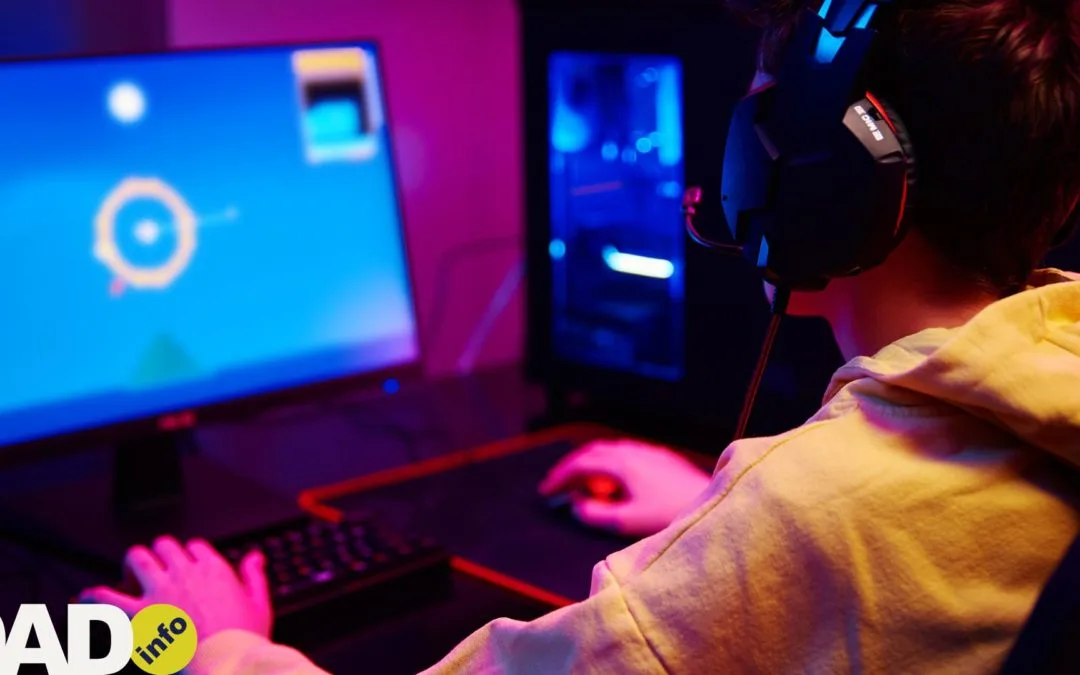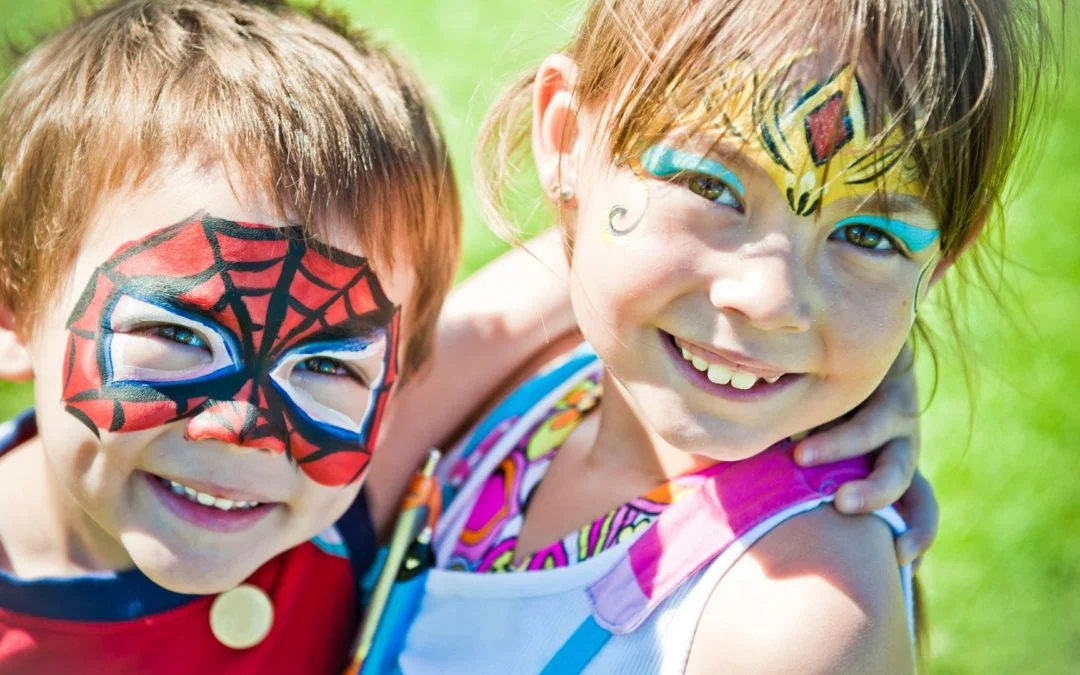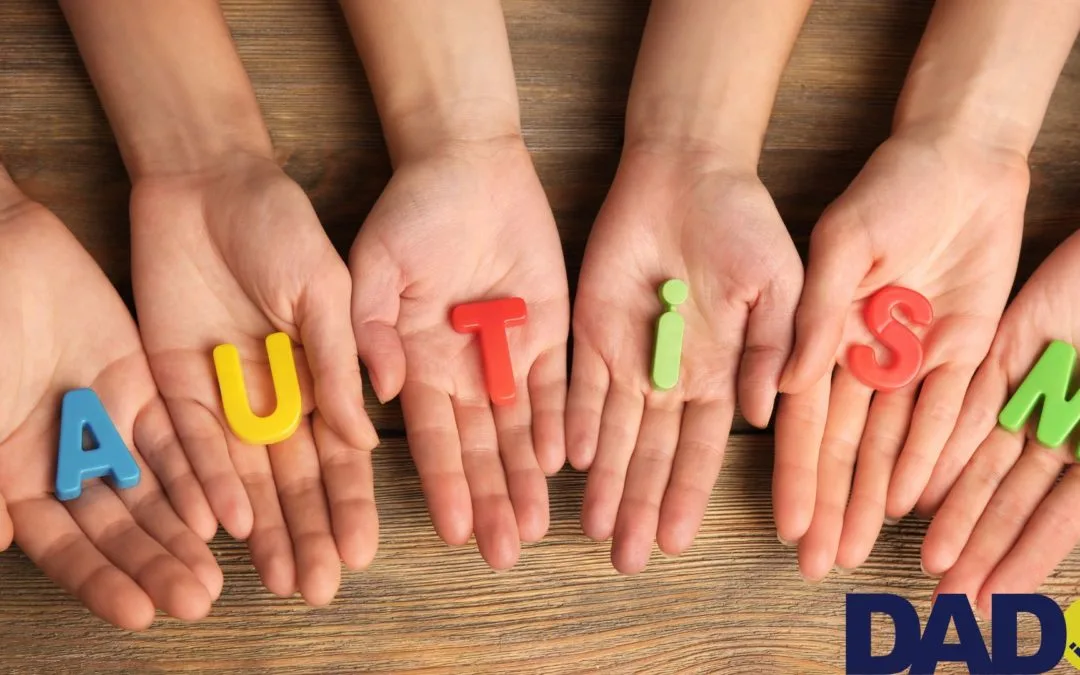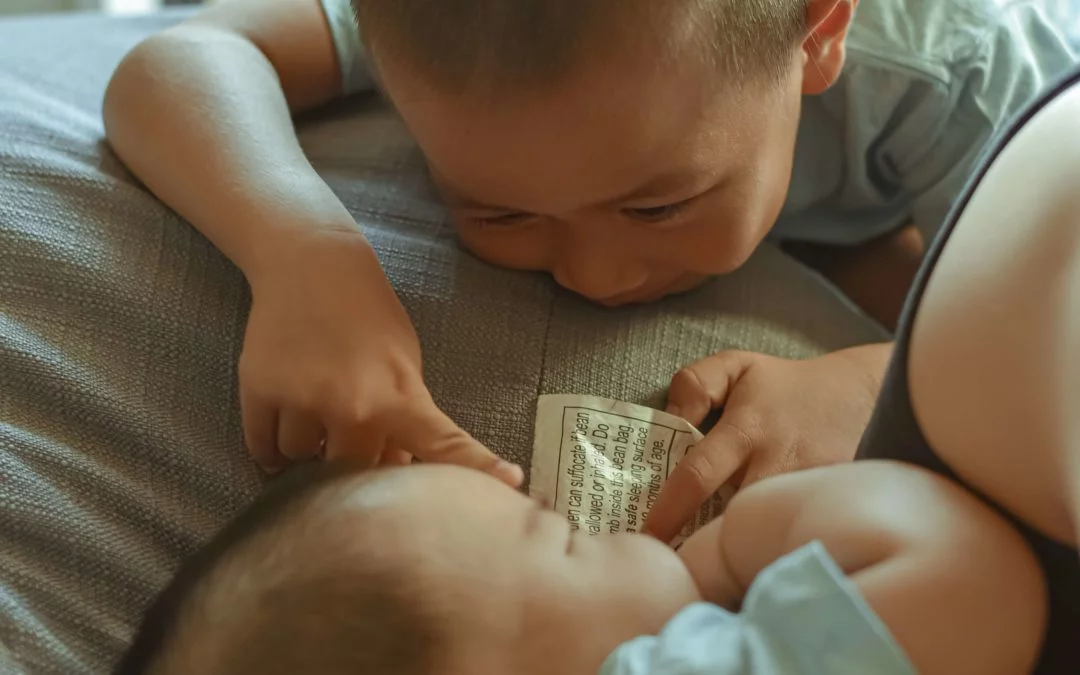Did Lockdown leave you wondering about what you really want from life? Major adoption services including The National Adoption Service in Wales and Adoption UK reported an unexpected surge in inquiries during lockdown from families considering adoption. If you are one of many families considering this step read on as Andy Peck shares Part 2 of his family’s adoption story.
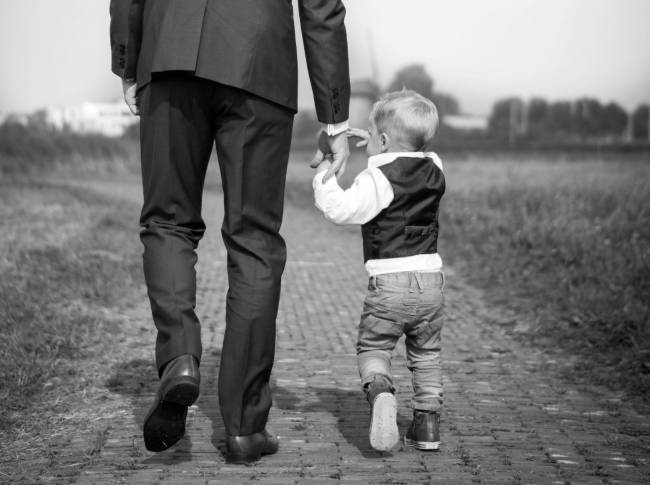
The moment when we first met our boys will live with me all my life. When asked to sum it up, I simply say: ’they made it easy for us’. And my eyes moisten just a tad as I type this. But it had been a long and at times rocky journey.
We decided we wanted to adopt so what was next?
Well we discovered there were two major routes:
1. Local authority
They will train you up to be suitable to adopt a child or children (rarely a baby) within their authority. The most popular route.
2. An organisation that prepares adoptors (ours was a charity)
They prepare adoptors and then get them approved to adopt. They then assist the couple in finding a suitable match amongst children who could not be placed with the local authority, either because there were not enough adoptors or their challenge was deemed too great.
We opted for the second route, partly because the Catholic Children’s Society (later Cabrini and now Diagramma) had been recommended for their excellent support post adoption. (This proved to be key for us.) We also knew that going with route 2, it would be important to have that support. The process was as follows:
- We went to the offices of Cabrini in Purley to investigate what adoption was.
- We then attended two, two-day training courses that give the lowdown on the ups and downs of adopting including meeting people who have adopted, and lived to tell the tale!
- At this point we had to decide whether we wanted to proceed and the charity had to decided whether they wanted to proceed with us. Of course the charity want to train people who are successful. Part of their income comes from local authorities who pay them, when they pass the children to adoptors (because of course they are saving money that would be paid in foster care). Thankfully they said yes, and so did we, but there were a few couples who left the process at this stage.
- The training includes what is called 6 months of ‘home study’ where all manner of issues are considered with a social worker who probes into your life, every month or so, following the work done, in part to check whether you have the empathy to deal with the child/children who has known a measure of pain and loss, that is likely to have caused pain. It was excruciating for various reasons and there were times when we wondered if it was worth it! At this stage we also considered what kind of issues we were prepared to deal with in an adopted child (ie would you take a child who has a disability? Who was known to have been sexually abused?)
- Once approved by the charity, we then went before a panel who gave us a badge of approval as ‘potential adoptors’. We had wondered about three or two children and opted for two. We are so glad we did.
- At this point we were able to ‘look’ for children, often using photos and brief outlines in catalogues where looked after children are advertised. We actually saw ours at an adoption fair. I can’t say it’s a whole lot of fun, as you feel bad that you have to say ‘no’ to so many.
- Once we found children we wanted to proceed with (my wife thought they looked like me, which was apparently a bonus…) investigations were made as to their likely suitability with the local authority. They were siblings aged five and seven.
- There is then a matching panel that OKs the ‘match’. Our social worker was ace and the matching panel seemed impressed by how well we ‘knew’ the children.
- In view of the age and foster care placement it was decided that the process of the boys coming to us would take three weeks. This includes meeting the children, for a short time for the first time, (mentioned at the start of this). Then for longer times when we stayed at a travel lodge locally. We eventually brought them to our home, first for a brief visit and then for a permanent stay.
- Social workers remain involved for six months to a year to check all is well before application is made to legally adopt. This is done with a judge in a wig and photos and everything! For us the whole process took 15 months which is regarded as pretty fast.
People ask: ‘so what bit is the toughest?’ and I would say that it all is.
Each part has its own tension.
All along you prepare for adopting ‘children’ that you of course don’t know.
If you asked a single person: ‘do you want to marry?’ The answer may be: ‘yes to the right person!’ and all along you are praying that the right children are placed with you. The challenge of adoption is that you are learning about children’s attachment, pain, loss, but in a vacuum. You know that the actual connection with the children will matter more than the theory, and this is why post adoption support is so crucial, and why so many are left to flounder if local authorities are too stretched to provide follow up. The challenges are evident but adoption is such a major thing, that in some ways its toughness is reassuring. You don’t adopt on a whim, or because you wonder if it might be a good idea. You commit to the process, however nervous and afraid you may be and the struggle makes the blessing of connection ever more precious. As we found when we first met our lads.
To read more from Andy – here is Part 1 – Adopting – Why adopt
About the Author
Andy Peck is father to adopted teenage boys and hosts ‘The Leadership File’ on Premier Christian Radio



